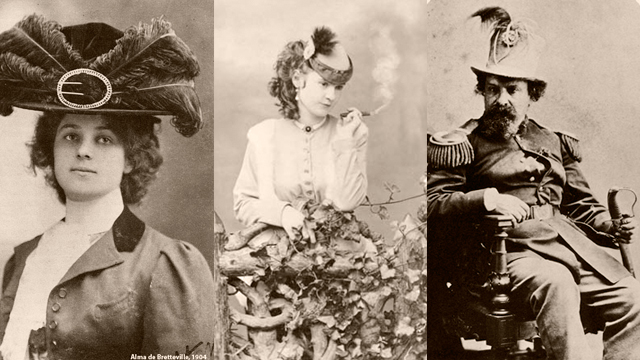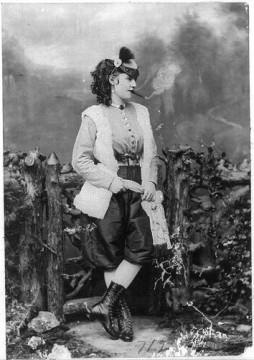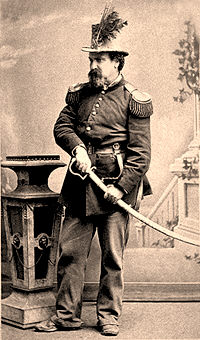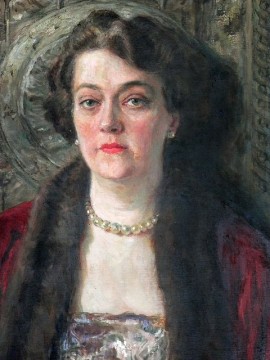
By Maria Judnick
While Kanye West has compared himself to everyone from Jesus to Walt Disney to Beethoven, he still doesn’t have the one thing these local San Francisco celebrities have: a statue, location, or plaque that pays tribute to their legends. (Ironically, his wife, Kim Kardashian, does have a statue commemorated in her honor.) Long before people worried about keeping Portland weird, San Francisco was already home to the eccentric, the colorful, and the creative. These are the stories of some truly original Californians -- from the first child star of the Gold Rush, to the originator of the term “sugar daddy”, to the self-proclaimed Imperial Majesty Emperor Norton I, who was humored by all who met him in the streets.

Lotta Crabtree / Lotta’s Fountain, Intersection of Geary and Kearny
Charlotte Mignon Crabtree isn’t a name most people know today, but, long before the child star Shirley Temple stole America’s heart, there was a girl known as “The Nation’s Darling.” Lotta’s parents moved to California during the Gold Rush hoping to strike it rich. After a few years, her father, a former bookseller, established a boarding house in Grass Valley, down the road from infamous actress and Countess of Landsfeldt, Lola Montez. Lotta’s mother, a former upholsterer, was friendly with many theater people in San Francisco and encouraged her daughter to take lessons from Lola. Soon, the family moved back to San Francisco and little six-year-old Lotta began performing to sold-out shows in the Sacramento and San Joaquin valleys. By 1859, "Miss Lotta, the San Francisco Favorite" was strumming her banjo in some of the city’s most popular halls. Then, until she retired in 1889 at the age of 45, the diminutive Lotta toured the country and abroad with her stage-manager mother, acting in popular theatre productions in between her shows (she often played a child’s role due to her size).



